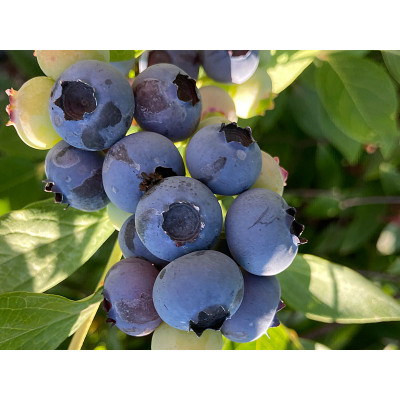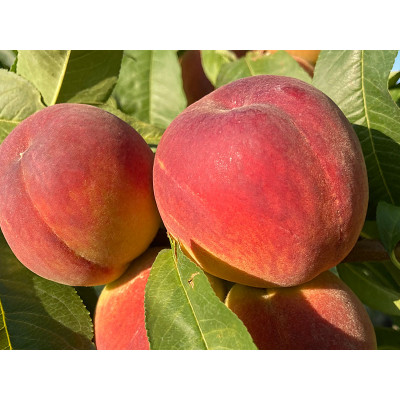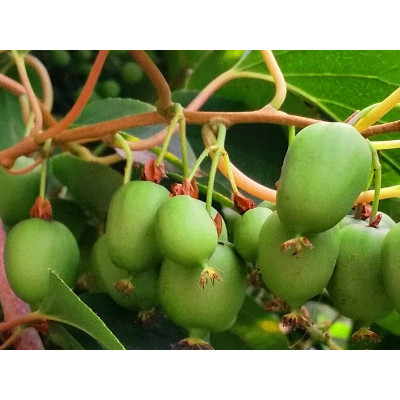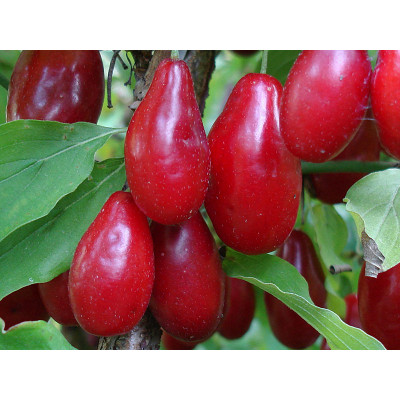Raspberry (Rubus idaeus) HUSARIA
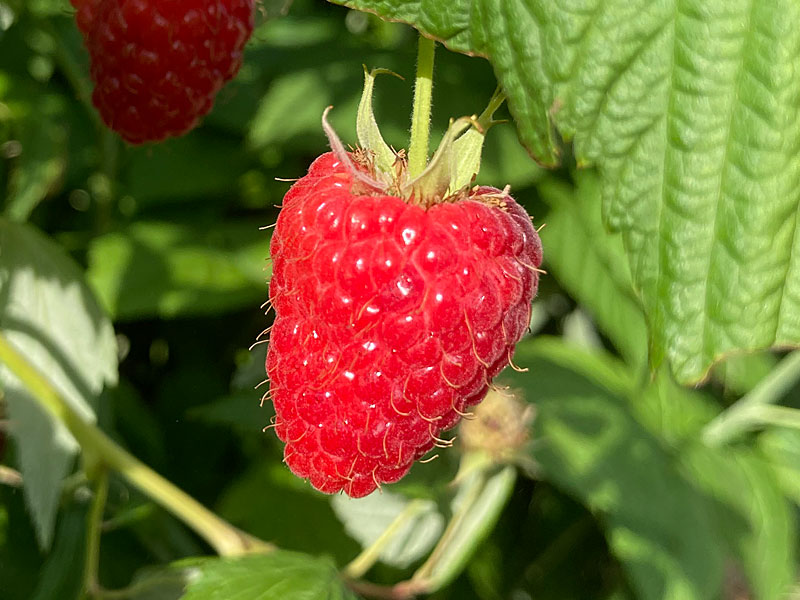

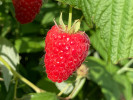
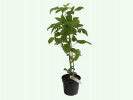
- The shipping price depends on the weight of the ordered goods (the more products, the cheaper the price)
- after you have placed the plants in the shopping cart, enter “calculate provisional shipping price” in the shopping cart, after entering the data the eshop will calculate the provisional shipping price for you.
Ask a Question About This Product
| Specifications | |
| Pot | C2 |
| Ripening time | Remontant |
We send goods on Monday, Tuesday, Wednesday, by agreement also Thursday or Friday.
- Stock: In Stock
- Model: Rubus idaeus
The Husaria raspberry is an extremely productive variety with a yield of up to 25 tonnes per hectare, making it an ideal choice for commercial cultivation. It is a recurrent bearer, which means that it produces twice a season - the first time at the beginning of June and the second time in mid-August. This feature allows double harvesting, which increases the efficiency of cultivation.
The plant is characterised by very vigorous growth. In tunnel cultivation, it grows up to 3 metres high and therefore requires strong support systems to support its shoots. Fruits form on this year's shoots at about 1/3 of their length, with the rest of the plant producing a crop the following year.
Husaria raspberry fruits are large to very large, with an average weight of 8 g. They are cone-shaped and light red in colour with a distinctive sheen. Their taste is very sweet.
One of the main advantages of this variety is the ease with which the fruit can be separated from the blossom shell, which makes harvesting easier. The raspberries are firm and dry, which gives them a high post-harvest shelf life. When stored properly, they retain their quality for 8-9 days at a temperature of 5 °C. In addition, they retain their bright red colour even after harvesting, which increases their attractiveness on the market.
Husaria raspberries are best grown in sunny and warm locations that are sheltered from the wind. Strong winds and spring frosts can damage the buds and reduce the crop.
The soil should be light, airy and permeable, with a slightly acidic pH of around 6.5. Adequate moisture is important, but excess water can cause root rot.
The Husaria raspberry is one of the recurrent varieties, fruiting on both last year's and this year's shoots. Fruits form on the upper part of the shoots in late summer and on the lower part of the shoot the following year. After harvesting, it is advisable to remove the biennial shoots to the ground to make room for new shoots. The young shoots are tied to the supports to ensure uniform growth and a better harvest.
Fertilisation is crucial for a bountiful harvest. It is recommended to apply mineral fertilisers in 2-3 doses during the growing season, with the last fertilisation taking place at the latest at the end of June/July.
In autumn, it is recommended to apply autumn fertilisers to help the plant prepare for winter. A thin layer of compost can also be spread around the plants to enrich the soil with humus and important nutrients.
The Husaria raspberry is a highly productive and hardy variety that is ideal for both commercial and home growing thanks to its repeated fruiting, firm fruit and excellent shelf life. Its large and sweet fruit is a delight to growers and consumers alike, while its long harvest period and excellent shelf life make it an excellent choice for both market sales and export.


